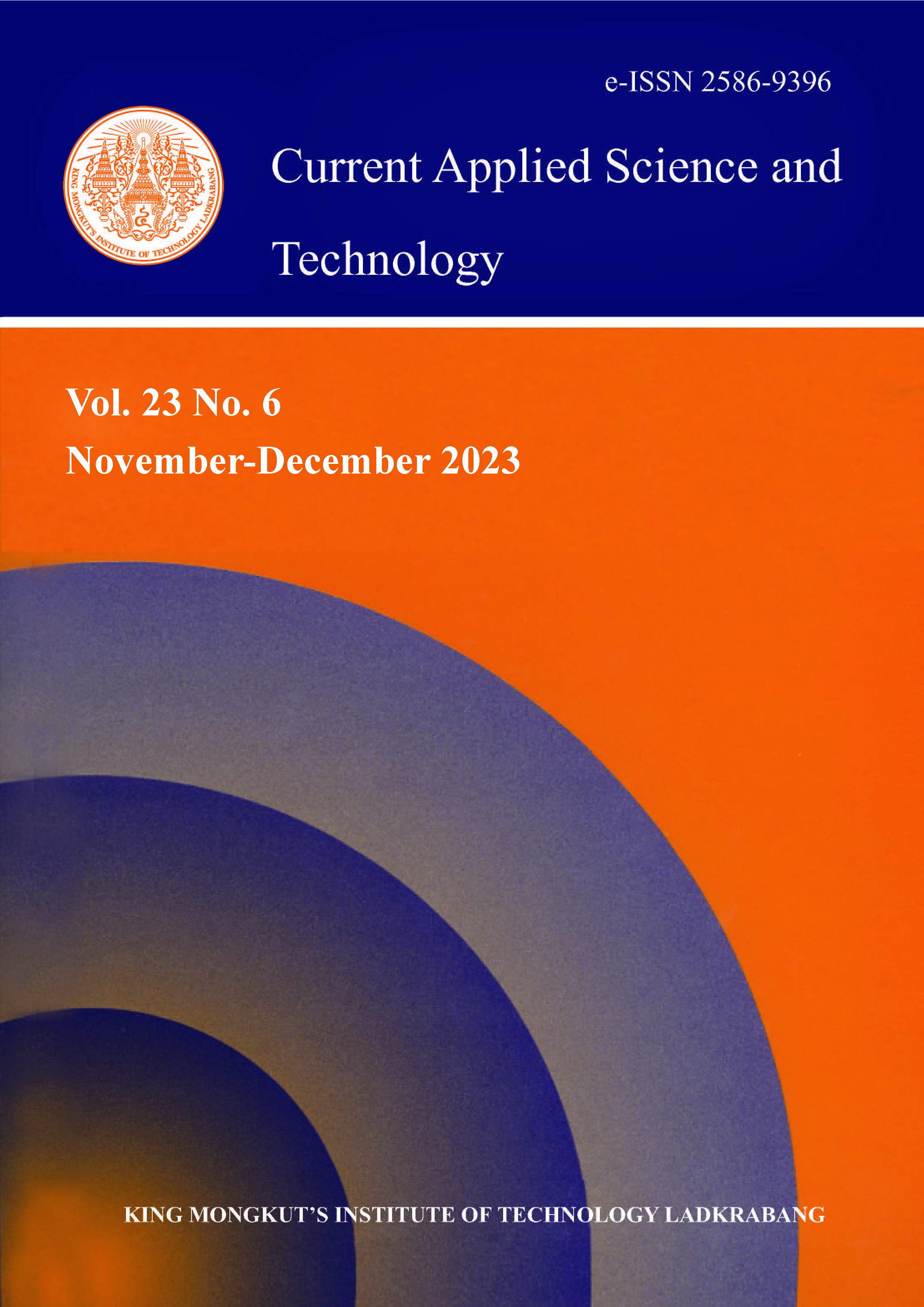Toxins and substances with anti-nutritional potential have impeded the successful integration of root and tuber crops into animal diets. However, the ultimate indices of the physiological state of a farm animal are the growth performance and blood profiles. Hence, single and mixed formulations of Dioscorea hispida and Cyrtosperma merkusii root meals were used to assess chicken performance and hematological reactions. Two hundred and forty Bisaya chickens were fed with maize and root meals. Each set of treatments had 60 chickens, with three replicates of 20. The diets were: T1 (100% corn-based), T2 (50% D. hispida diet), T3 (50% C. merkusii diet), and T4 (25% D. hispida+25% C. merkusii diet). Feed intake, body weight, and mean weight gain (MWG) were collected biweekly, and carcass evaluation was done on harvesting. Hematological indices and serum profiles were tested. The T1 and T4 diets produced the most significant body weight and MWG, followed by T2 and T3. An improved feed conversion ratio (FCR) for T1 and T4 were significantly different from T2 and T3. The T4 specific growth rate (SGR) was similar to T1 and T2 but greater than T3. The T1 diet gave the most significant slaughter weight and dress weight, carcass components, and edible offal, followed by T4. The T4 diet raised PCV, RBC, Hb, cholesterol, and triglycerides more than T2, and T3, but no significant difference was found between T4 and T1. All solo root meal substitutes (T2 and T3) negatively impacted chicken performance; however, the 25% D. hispida+25% C. merkusii mix (T4) enhanced growth performance, most carcass features, and the blood profiles of slow-growing chickens when compared to a corn-based diet (T1).
Keywords: alternative energy source; Cyrtosperma merkusii; Dioscoreae hispida; intensive system; isocaloric; isonitrogenous; native chicken
*Corresponding author: Tel.: (+63) 9486433776
E-mail: ermataer@gmail.com
Taer*, E. ., & Taer, A. . (2023). Hematology, Blood Serum, Growth Performance, and Carcass Characteristics of Slow-growing Chickens Fed Single and Blended Root Meals. CURRENT APPLIED SCIENCE AND TECHNOLOGY, DOI: 10.55003/cast.2023.06.23.003 (14 pages). https://doi.org/10.55003/cast.2023.06.23.003

